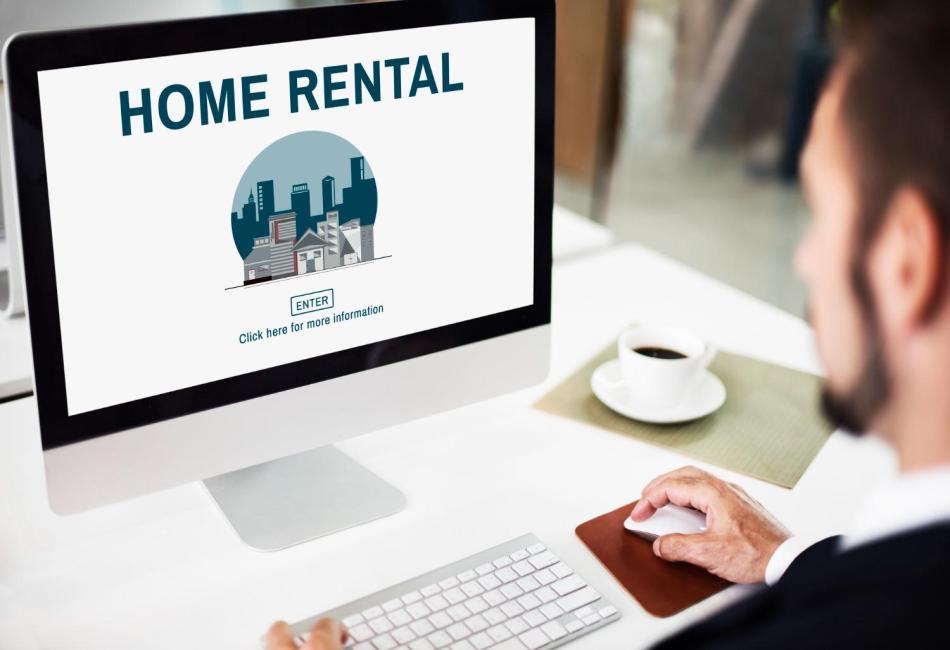Finding the perfect rental property isn’t just about the price; it’s also about location, lifestyle, and the kind of community you want to live in.
Australia offers a wide range of rental hubs, each with its own vibe, amenities, and rental costs. From bustling city centers to relaxed coastal towns, choosing the right area requires balancing your budget with your lifestyle priorities NDIS Invoice Tracker.
This guide will help you identify the rental hubs that suit your needs and make your next move both enjoyable and financially smart.
Define your lifestyle needs
Before you start browsing rental listings, it’s essential to understand what matters most to you in daily life. Your lifestyle needs will heavily influence which rental hub is the right fit.
Consider things like daily activities and priorities: Do you value proximity to work, social venues, or outdoor spaces? Think about access to amenities like grocery stores, gyms, restaurants, parks, and entertainment hubs.
For example, if you enjoy dining out and socializing, a vibrant downtown area might be ideal. On the other hand, for a quieter lifestyle, suburban or residential neighborhoods may be better suited.
Additionally, evaluate commute times, public transportation availability, and neighborhood safety to match your pace and preferences.
Defining your lifestyle requirements early ensures that your rental search is efficient and increases the chances of finding a home where you’ll be comfortable and happy long-term.
Set a realistic budget
Renting in Australia can vary significantly depending on the city, suburb, and type of property. Before starting your search, it’s crucial to determine what you can comfortably afford without stretching your finances.
Make sure you factor in not only rent but also utility costs, transportation expenses, and everyday living costs in the area.
Research rent price ranges in different locations relative to your income to ensure affordability. Also, consider emerging or developing areas that might offer more value or lower costs, but watch for long-term potential and infrastructure improvements.
Setting a realistic budget ensures that your rental choice is sustainable and prevents financial stress while living in your new home.
Research rental hubs and demand
Once you’ve defined your lifestyle needs and budget, it’s time to investigate which rental hubs align with your criteria. Understanding rental demand in different areas can help you find a property that’s both desirable and competitively priced.
Start by exploring popular suburbs within your target city. For instance, rentals in Applecross are in high demand. High-demand areas often have shorter listing times and lower vacancy rates, indicating strong competition among tenants.
On the other hand, areas with lower demand may offer more bargaining power but could take longer to rent out if you’re considering investment.
Also, make the most of online tools and real estate websites. They provide insights into average rents, vacancy rates, and neighborhood popularity. You can also speak to local real estate agents or property managers who have firsthand knowledge of which suburbs are attracting tenants.
By researching rental hubs and understanding demand patterns, you’ll be able to pinpoint areas that not only fit your lifestyle and budget but also offer stability and potential growth.
Explore local amenities and lifestyle features
Even if a rental property is within your budget, it won’t feel like home if it lacks convenient access to the things you need or enjoy. A neighborhood’s amenities and lifestyle offerings can significantly impact your day-to-day living experience.
Before settling for a certain rental, consider nearby facilities such as grocery stores, shopping centers, cafés, restaurants, entertainment venues, parks, gyms, recreational areas, medical centers, and pharmacies.
Additionally, research crime rates, neighborhood reviews, and local community events to get a sense of the area’s character. Proximity to schools or childcare may be critical for families, while students may prioritize access to universities or public transport.
Evaluate commute and connectivity
As mentioned, access to public transport is crucial to many renters. Living close to work, school, or public transport hubs can save you time, reduce stress, and increase your overall quality of life.
When evaluating a rental hub, consider things like proximity to work or study, access to public transport, road networks, traffic patterns, and cycling and walking paths.
Good connectivity not only improves daily convenience but also affects property demand. Areas with easy access to major transport routes or hubs tend to attract more tenants and buyers, making them more competitive but often more rewarding locations in the long run.
Conclusion
By carefully weighing considerations such as lifestyle needs, budget limits, space, amenities, and so on, you can select a rental hub that maximizes both comfort and financial sense, enhancing your overall living experience.
Taking time to explore and compare options will lead to a more satisfying rental choice tailored to your unique situation.



